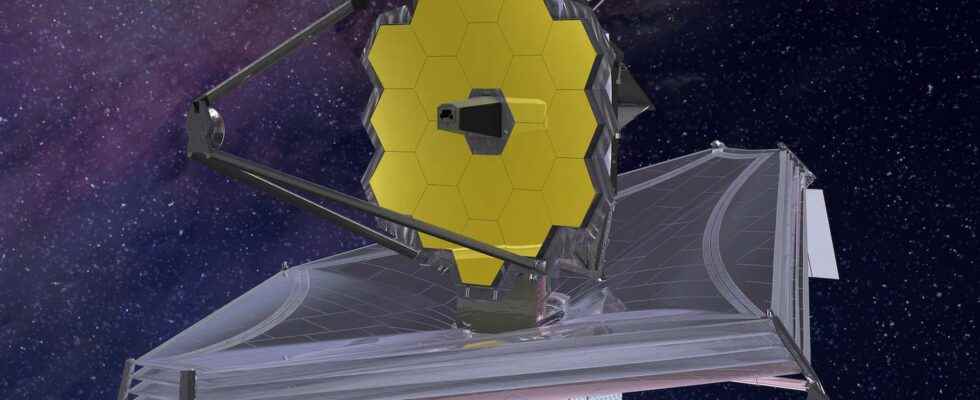This is a setting for any telescope, whether it’s your niece’s or the most powerful space telescope ever sent in history. Since the James-Webb managed to capture its first photons, the teams have been following this long three-month process which will end in the spring.
A month ago, the Nasa announced that the NIRCam instrument (infrared camera), the main imager of the James-Webb, detected its first rays of light. This means that the rays have traveled the entire intended path in the telescopeguided by the different mirrors of structure. Since, the Nasa team began aligning the 18 sections of the primary mirror.
The work is extremely precise, given the scientific requirements of the space telescope American. To imagine it, you have to imagine that if the primary mirror is the size of the United States, each section would be the size of Texas, and you would have to adjust their height with a precision of 3.8 centimeters!
The process has seven phases. At the end of February, the team completed phases two and three. These two phases consisted of refining the alignments of each section and the secondary mirror, then stacking the images received by each section into a single image.
Fourth phase initiated
These are now “coarse” alignments before moving on to phase five, which involves refining the position of the primary mirror sections. These two phases should last several weeks. The next step will consist of aligning the mirrors with the fields of view of the scientific instruments. Finally, the last phase will consist of final corrections in an iterative way. So, according to NASA, the telescope will be operational in the spring, but it will be necessary to wait until the end of the summer to have the maximum quality.
While waiting for phase five, NASA has announcement that the team of spectrograph in the European near infrared NIRSpec of the James-Webb has successfully verified three mechanisms essential to the proper functioning of the instrument.
Interested in what you just read?
